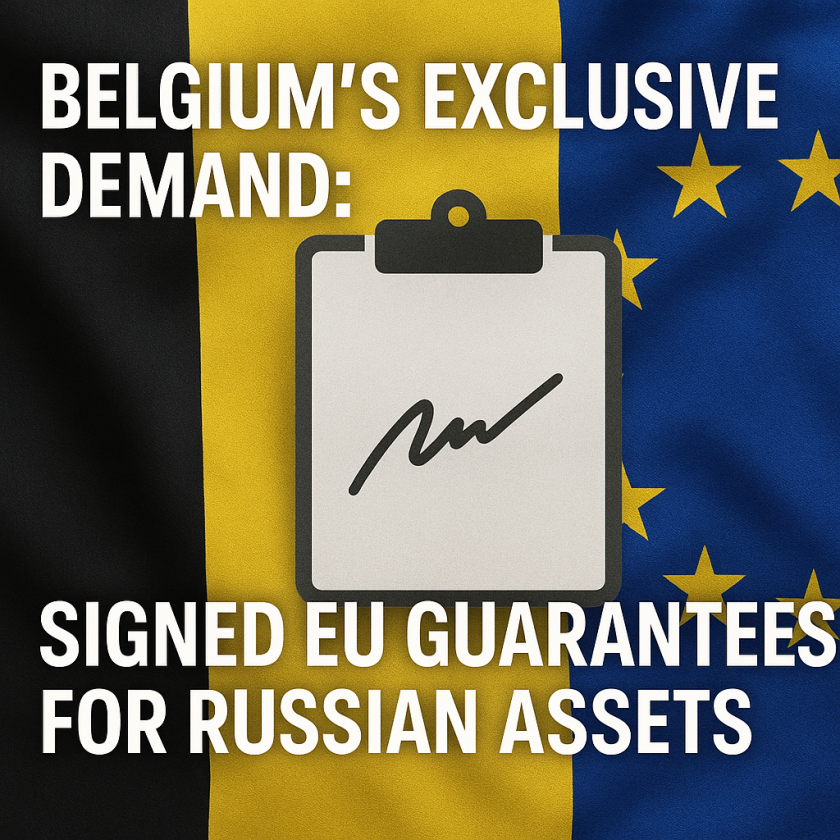How Canada’s Carbon Pricing Turned into a Political Battleground
How Canada’s Carbon Pricing Turned into a Political Battleground
Introduction to Carbon Pricing
Canada’s carbon pricing strategy, designed to reduce greenhouse gas emissions, has become a contentious issue, sparking intense political debate across the nation. Initially introduced as a measure to combat climate change, it has now evolved into a polarizing topic.
Key Points of Contention
- Economic Impact: Critics argue that carbon pricing increases costs for businesses and consumers, potentially harming the economy.
- Regional Disparities: Provinces with resource-based economies, like Alberta and Saskatchewan, feel disproportionately affected, leading to regional tensions.
- Political Divide: The policy has deepened the divide between political parties, with conservatives generally opposing it and liberals supporting it.
Government’s Stance
The Canadian government maintains that carbon pricing is essential for meeting international climate commitments and incentivizing cleaner energy solutions. They argue that the long-term benefits outweigh short-term economic challenges.
Public Opinion
Public opinion is split, with environmental advocates supporting the initiative for its potential to reduce emissions, while others are concerned about its economic implications.
Conclusion
Canada’s carbon pricing has become a political battleground, highlighting the challenges of balancing environmental goals with economic realities. The debate underscores the complexities of implementing climate policies in a diverse and economically varied nation.








































